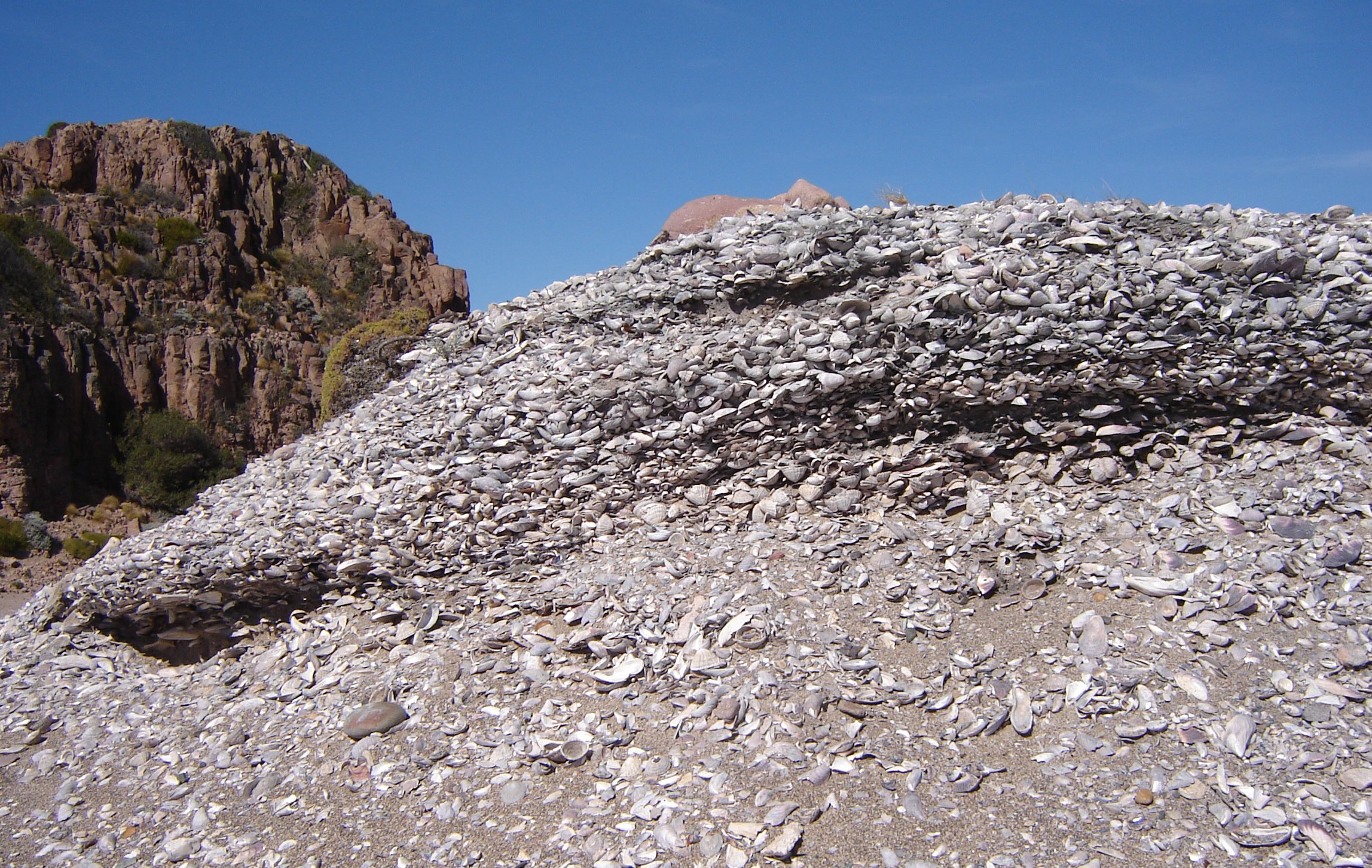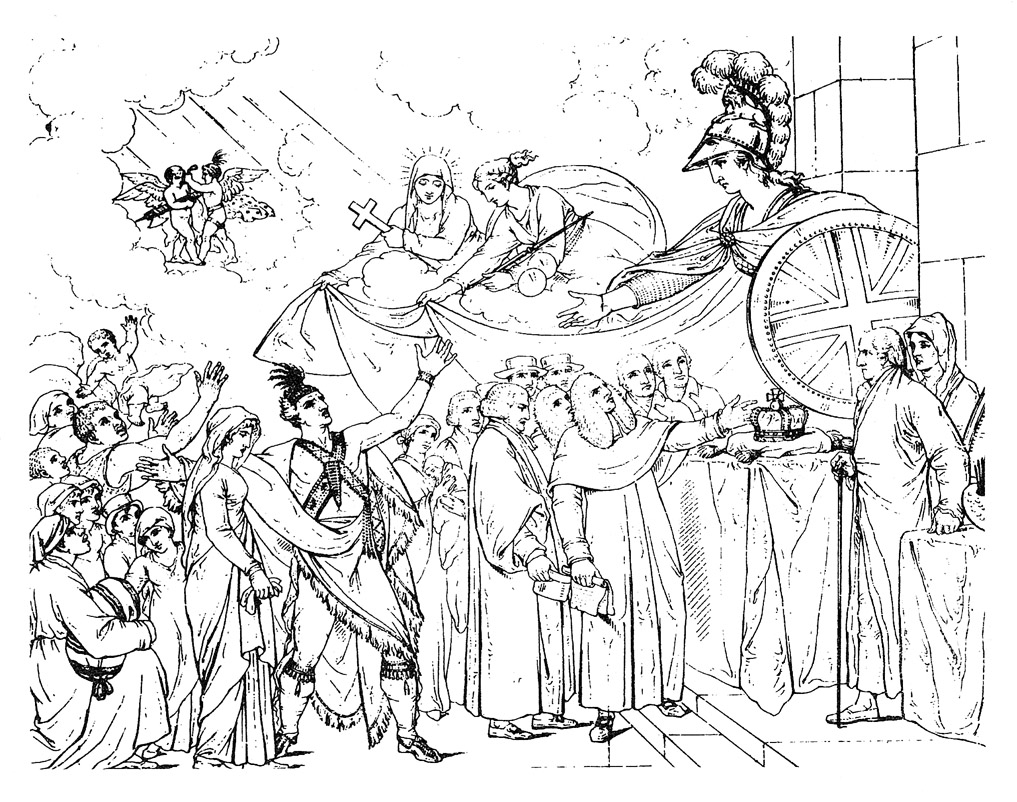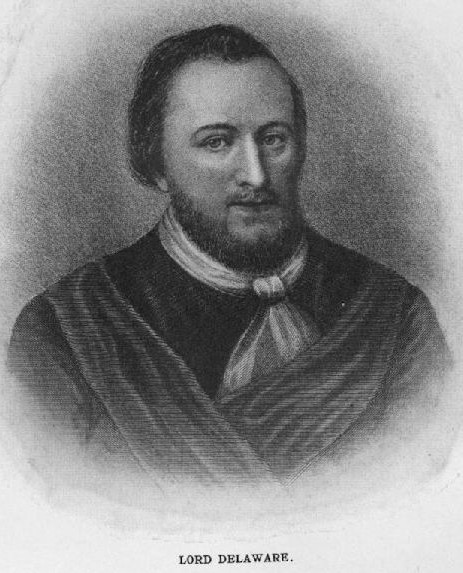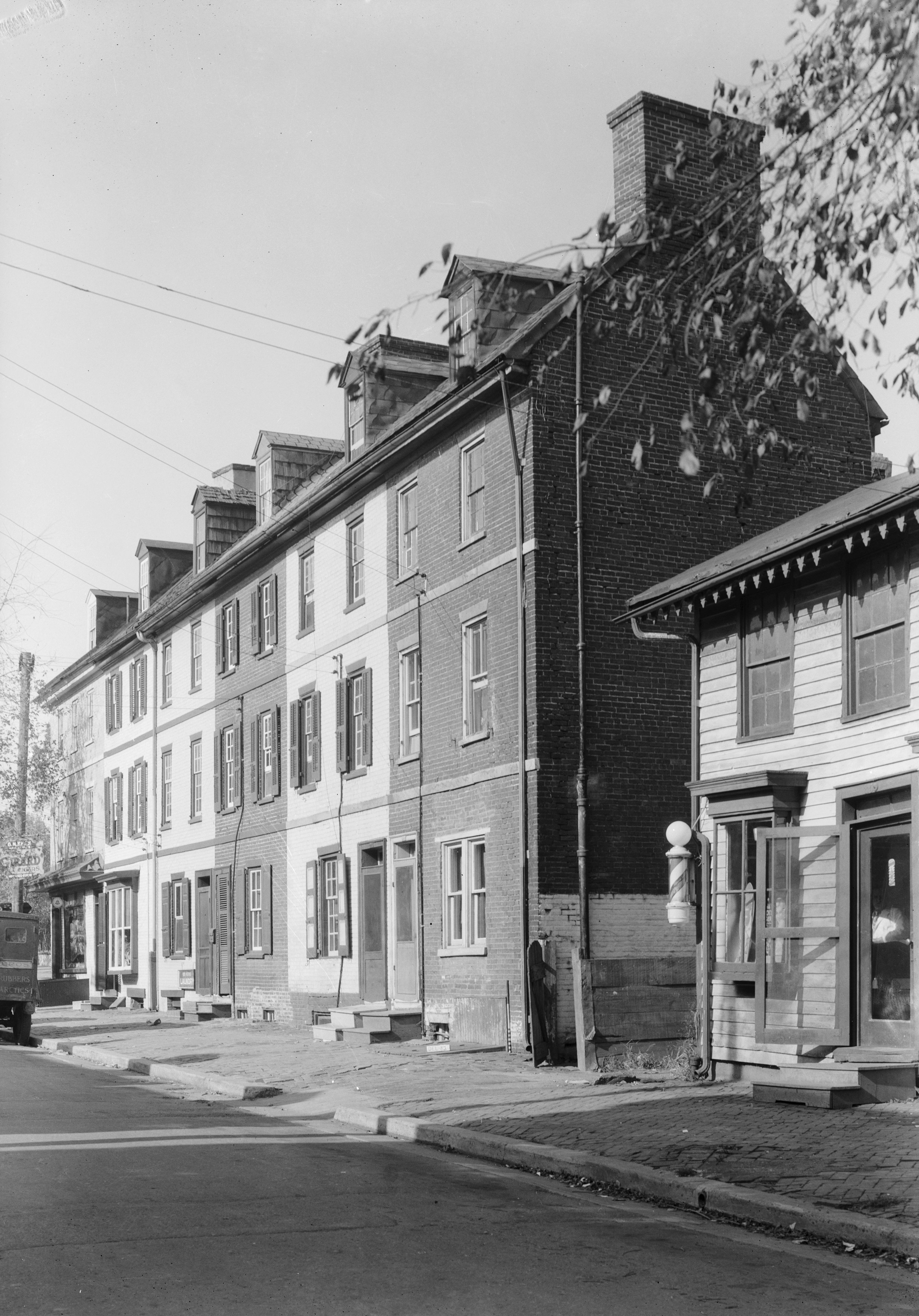|
Conference House
Conference House (also known as Billop House) is a stone house in Tottenville, Staten Island, New York City built by Captain Christopher Billopp some time before 1680. It is located in Conference House Park near Ward's Point, the southernmost tip of New York State on Staten Island, which became known as "Billop's Point" in the 18th century. The Staten Island Peace Conference, an unsuccessful attempt to find a swift negotiated end to the American Revolutionary War, was hosted by his heir and grandson Colonel Christopher Billop, there on September 11, 1776. The house, a National and New York City Landmark, is located at Conference House Park overlooking Raritan Bay. The house is also located within the Ward's Point Conservation Area, separately added to the National Register of Historic Places in 1982. ''See also:'' Construction Captain Christopher Billopp, after years of distinguished service in the Royal Navy, came to America in 1674. He was granted a land patent on 932 ... [...More Info...] [...Related Items...] OR: [Wikipedia] [Google] [Baidu] |
Tottenville, Staten Island
Tottenville is a neighborhood on the South Shore of Staten Island, New York City. It is the southernmost settlement in both New York City and New York State. Tottenville is bounded on three sides by water: the south side abuts New York Bight while the west and north sides are bordered by Arthur Kill. Nassau Place, Bethel Avenue and Page Avenue form the neighborhood's eastern border. The settlement was originally named ''Bentley Manor'' by one of its first settlers, Captain Christopher Billop (1638–1726), a member of the Royal Navy, after his own ship. In 1869 it was renamed as Tottenville after John Totten and his prominent local family of that name, some of whom served as Loyalists under Billop during the American Revolutionary War. Tottenville is part of Staten Island Community District 3 and its ZIP Code is 10307 (formerly "Staten Island 7, New York"). Tottenville is patrolled by the 123rd Precinct of the New York City Police Department. Tottenville has been represented ... [...More Info...] [...Related Items...] OR: [Wikipedia] [Google] [Baidu] |
Midden
A midden (also kitchen midden or shell heap) is an old dump for domestic waste which may consist of animal bone, human excrement, botanical material, mollusc shells, potsherds, lithics (especially debitage), and other artifacts and ecofacts associated with past human occupation. These features provide a useful resource for archaeologists who wish to study the diets and habits of past societies. Middens with damp, anaerobic conditions can even preserve organic remains in deposits as the debris of daily life are tossed on the pile. Each individual toss will contribute a different mix of materials depending upon the activity associated with that particular toss. During the course of deposition sedimentary material is deposited as well. Different mechanisms, from wind and water to animal digs, create a matrix which can also be analysed to provide seasonal and climatic information. In some middens individual dumps of material can be discerned and analysed. Shells A ... [...More Info...] [...Related Items...] OR: [Wikipedia] [Google] [Baidu] |
Perth Amboy
Perth Amboy is a city in Middlesex County, New Jersey. Perth Amboy is part of the New York metropolitan area. As of the 2020 U.S. census, the city's population was 55,436. Perth Amboy has a Hispanic majority population. In the 2010 census, the Hispanic population made up 78.1% of the population, the second-highest in the state, behind Union City at 84.7%. Perth Amboy is known as the "City by the Bay", referring to its location adjoining Raritan Bay. The earliest residents of the area were the Lenape Native Americans, who called the point on which the city lies "Ompoge". Perth Amboy was settled in 1683 by Scottish colonists and was called "New Perth" after James Drummond, 4th Earl of Perth; the native name was eventually corrupted and the two names were merged. Perth Amboy was formed by Royal charter in 1718, and the New Jersey Legislature reaffirmed its status in 1784, after independence. The city was a capital of the Province of New Jersey from 1686 to 1776. During the mi ... [...More Info...] [...Related Items...] OR: [Wikipedia] [Google] [Baidu] |
Edward Rutledge
Edward Rutledge (November 23, 1749 – January 23, 1800) was an American Founding Father and politician who signed the Continental Association and was the youngest signatory of the Declaration of Independence. He later served as the 39th governor of South Carolina. Early life and education Rutledge was born in Charleston, South Carolina. He was the youngest of seven children (5 sons and 2 daughters) born to Dr. John Rutledge and Sarah Hext. His father was a physician and colonist of Scots-Irish descent; his mother was born in South Carolina and was of English descent. Following his brothers John and Hugh he studied law in London at the Inns of Court. In 1772 he was admitted to the English bar (Middle Temple) and returned to Charleston to practice. He was married on March 1, 1774, to Henrietta Middleton (17 November 1750 – 22 April 1792), daughter of Henry Middleton. The couple had three children: * Major Henry Middleton Rutledge (5 April 1775 – 20 January 1844) * Edwar ... [...More Info...] [...Related Items...] OR: [Wikipedia] [Google] [Baidu] |
John Adams
John Adams (October 30, 1735 – July 4, 1826) was an American statesman, attorney, diplomat, writer, and Founding Fathers of the United States, Founding Father who served as the second president of the United States from 1797 to 1801. Before Presidency of John Adams, his presidency, he was a leader of the American Revolution that achieved independence from Kingdom of Great Britain, Great Britain, and during the war served as a diplomat in Europe. He was twice elected vice president of the United States, vice president, serving from 1789 to 1797 in a prestigious role with little power. Adams was a dedicated diarist and regularly corresponded with many important contemporaries, including his wife and adviser Abigail Adams as well as his friend and rival Thomas Jefferson. A lawyer and political activist prior to the Revolution, Adams was devoted to the right to counsel and presumption of innocence. He defied anti-British sentiment and successfully defended British soldiers agai ... [...More Info...] [...Related Items...] OR: [Wikipedia] [Google] [Baidu] |
Benjamin Franklin
Benjamin Franklin ( April 17, 1790) was an American polymath who was active as a writer, scientist, inventor An invention is a unique or novel device, method, composition, idea or process. An invention may be an improvement upon a machine, product, or process for increasing efficiency or lowering cost. It may also be an entirely new concept. If an ..., Statesman (politician), statesman, diplomat, printer (publishing), printer, publisher, and Political philosophy, political philosopher.#britannica, Encyclopædia Britannica, Wood, 2021 Among the leading intellectuals of his time, Franklin was one of the Founding Fathers of the United States, Founding Fathers of the United States, a Committee of Five, drafter and signer of the United States Declaration of Independence, and the first United States Postmaster General. As a scientist, he was a major figure in the American Enlightenment and the history of physics for his studies of electricity, and for charting and naming ... [...More Info...] [...Related Items...] OR: [Wikipedia] [Google] [Baidu] |
Continental Congress
The Continental Congress was a series of legislative bodies, with some executive function, for thirteen of Britain's colonies in North America, and the newly declared United States just before, during, and after the American Revolutionary War. The term "Continental Congress" most specifically refers to the First and Second Congresses of 1774–1781 and, at the time, was also used to refer to the Congress of the Confederation of 1781–1789, which operated as the first national government of the United States until being replaced under the Constitution of the United States. Thus, the term covers the three congressional bodies of the Thirteen Colonies and the new United States that met between 1774 and 1789. The First Continental Congress was called in 1774 in response to growing tensions between the colonies culminating in the passage of the Intolerable Acts by the British Parliament. It met for about six weeks and sought to repair the fraying relationship between Britain an ... [...More Info...] [...Related Items...] OR: [Wikipedia] [Google] [Baidu] |
Richard Howe, 1st Earl Howe
Admiral of the Fleet Richard Howe, 1st Earl Howe, (8 March 1726 – 5 August 1799) was a British naval officer. After serving throughout the War of the Austrian Succession, he gained a reputation for his role in amphibious operations against the French coast as part of Britain's policy of naval descents during the Seven Years' War. He also took part, as a naval captain, in the decisive British naval victory at the Battle of Quiberon Bay in November 1759. In North America, Howe is best known for his service during the American Revolutionary War, when he acted as a naval commander and a peace commissioner with the American rebels; he also conducted a successful relief during the Great Siege of Gibraltar in the later stages of the War. Howe later commanded the victorious British fleet during the Glorious First of June in June 1794 during the French Revolutionary Wars. Early career Howe was born in Albemarle Street, London, the second son of Emanuel Howe, 2nd Visco ... [...More Info...] [...Related Items...] OR: [Wikipedia] [Google] [Baidu] |
American Loyalist
Loyalists were colonists in the Thirteen Colonies who remained loyal to the British Crown during the American Revolutionary War, often referred to as Tories, Royalists or King's Men at the time. They were opposed by the Patriots, who supported the revolution, and called them "persons inimical to the liberties of America." Prominent Loyalists repeatedly assured the British government that many thousands of them would spring to arms and fight for the crown. The British government acted in expectation of that, especially in the southern campaigns in 1780–81. Britain was able to effectively protect the people only in areas where they had military control, and in return, the number of military Loyalists was significantly lower than what had been expected. Due to the conflicting political views, loyalists were often under suspicion of those in the British military, who did not know whom they could fully trust in such a conflicted situation; they were often looked down upon. Pat ... [...More Info...] [...Related Items...] OR: [Wikipedia] [Google] [Baidu] |
Thomas Dongan
Thomas Dongan, (pronounced "Dungan") 2nd Earl of Limerick (1634 – 14 December 1715), was a member of the Irish Parliament, Royalist military officer during the English Civil War, and Governor of the Province of New York. He is noted for having called the first representative legislature in New York, and for granting the province's Charter of Liberties. Biography Early life He was born in 1634 into an old Gaelic Norman (Irish Catholic) family in Castletown Kildrought (now Celbridge), County Kildare, in the Kingdom of Ireland, the seventh and youngest son of Sir John Dongan, 2nd Baronet, Member of the Irish Parliament, and his wife Mary Talbot, daughter of Sir William Talbot, 1st Baronet, and Alison Netterville. As Stuart supporters, after the overthrow of King Charles I, the family went to King Louis XIV's France, although they managed to hold on to at least part of their Irish estates. His family gave their name to the Dongan Dragoons, a premier military regiment. Ca ... [...More Info...] [...Related Items...] OR: [Wikipedia] [Google] [Baidu] |
Delaware River
The Delaware River is a major river in the Mid-Atlantic (United States), Mid-Atlantic region of the United States. From the meeting of its branches in Hancock (village), New York, Hancock, New York, the river flows for along the borders of New York (state), New York, Pennsylvania, New Jersey, and Delaware, before emptying into Delaware Bay. It is the longest free-flowing river in the Eastern United States. The river has been recognized by the National Wildlife Federation as one of the country's Great Waters. The river's drainage basin, watershed drains an area of and provides drinking water for 17 million people. The river has two branches that rise in the Catskill Mountains of New York: the West Branch Delaware River, West Branch at Mount Jefferson (New York), Mount Jefferson in Jefferson, New York, Jefferson, Schoharie County, New York, Schoharie County, and the East Branch Delaware River, East Branch at Grand Gorge, New York, Grand Gorge, Delaware County, New York, ... [...More Info...] [...Related Items...] OR: [Wikipedia] [Google] [Baidu] |
New Castle, Delaware
New Castle is a city in New Castle County, Delaware, United States. The city is located six miles (10 km) south of Wilmington and is situated on the Delaware River. As of the 2010 census, the city's population was 5,285. History New Castle was originally settled by the Dutch West India Company in 1651 under the leadership of Peter Stuyvesant on the site of a former aboriginal village, "Tomakonck" ("Place of the Beaver"), to assert their claim to the area based on a prior agreement with the aboriginal inhabitants of the area. The Dutch originally named the settlement Fort Casimir, but this was changed to Fort Trinity (Swedish: ''Trefaldighet'') following its seizure by the colony of New Sweden on Trinity Sunday, 1654. The Dutch conquered the entire colony of New Sweden the following year and rechristened the fort Nieuw-Amstel ("New Amstel", after the Amstel). This marked the end of the Swedish colony in Delaware as an official entity, but it remained a semi-autonomous ... [...More Info...] [...Related Items...] OR: [Wikipedia] [Google] [Baidu] |


%2C_by_John_Trumbull.jpg)



